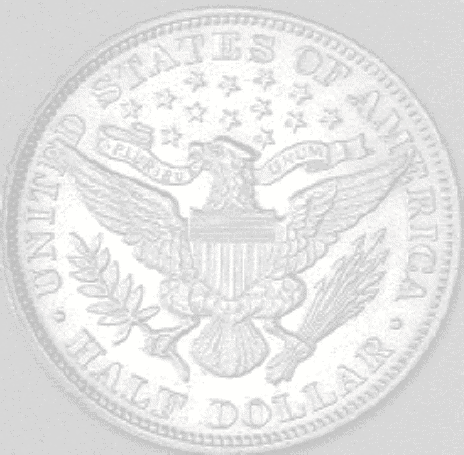
|
|
||
|
|
|
|
|
|
||

-56-
FOR BETTER OR WORSE:
CHAPTER EIGHT-- AN ECONOMIC HISTORY OF THE FEDERAL
RESERVE
Text: "As ye would that men should do to you, do ye also to them
likewise." (Luke 6:31)
The Panic of 1907
The Panic of 1907 was severe. Several banks failed. The business sector reeled. In the words of Mr. Johnson,
The simultaneous occurrence of general prosperity with a crisis in the nation's financial centers did persuade many Americans that their banking structure was sadly out of date and in need of reform (16). *
* If the banking structure had rested upon the everlasting Law of a just system of weights and measures, it could never be out-dated or in need of reform.
The Aldrich-Vreeland Act
In 1908, Congress passed the
Aldrich-Vreeland Act designed to make "money" more elastic in times of
emergency. The Act also created the National Monetary Commission
composed of 9 Senators and 9 Representatives to investigate possible
changes in the banking system. The chairman was Senator Nelson Aldrich
of Rhode Island.
The Populists in the South and West in the 1890's had charged
that the banking institutions favored the few while exploiting the many.
At the turn of the century, when bankers were attempting to make the
banking industry more consolidated, the Progressive Party was laboring
to make it less so. Like the Populists before them, the Progressives
believed the bankers had their private interests at heart and not the
good of the American people. Their suspicions were intensified when
Senator Nelson Aldrich gave his only daughter in marriage to Mr. John D.
Rockefeller (Johnson, 17-18), and were confirmed when Mr. William
McAdoo, Secretary of the Treasury, and widower in his late forties,
married President Woodrow Wilson's younger daughter (Johnson, 36).
The report presented in January 1911 by Senator Aldrich
to Washington businessmen called for reform in the banking industry. It
was clearly prepared under the influence of large bankers, and was
therefore strongly attacked by the Progressives, and never appealed to
the public (Johnson, 19). William Howard Taft, a Republican and an
Aldrich sympathizer, won the election in 1910. The Democrats, however,
captured Congress for the first time in nearly 20 years.
The plan by Senator Aldrich called for one central
banking institution to be known as the National Reserve Association, and
with power to issue paper "money." The Progressive Party protested that
it would be "dangerously inflationary” (Johnson, 19) and that it
would not allow protection of the public against the large banking
institution. William Jennings Bryan, the Populist from Nebraska and 3
times the Presidential-nominee of the Democratic Party, warned that
bankers would "then be in complete control of everything through the
control of Our national finances” (Johnson, 19).
The Pujo Hearings and "The Money Trust"
In 1912, the House Banking and Currency Committee conducted hearings under the leadership of Mr. A. P. Pujo of Louisiana (Hicks, 446). For this reason they were known as the "Pujo Hearings." They continued into early 1913, and succeeded in persuading most Americans that the banks in this country were under the control of a small group of bankers known as the "Money Trust." The Committee declared,
If by a "money trust" is meant an established and well-defined identity and community of interest between a few leaders of finance . . .which has resulted in a vast and growing concentration of control of money and credit in the hands of a comparatively few men . . .the condition thus described exists in this country today (Johnson, 20).
